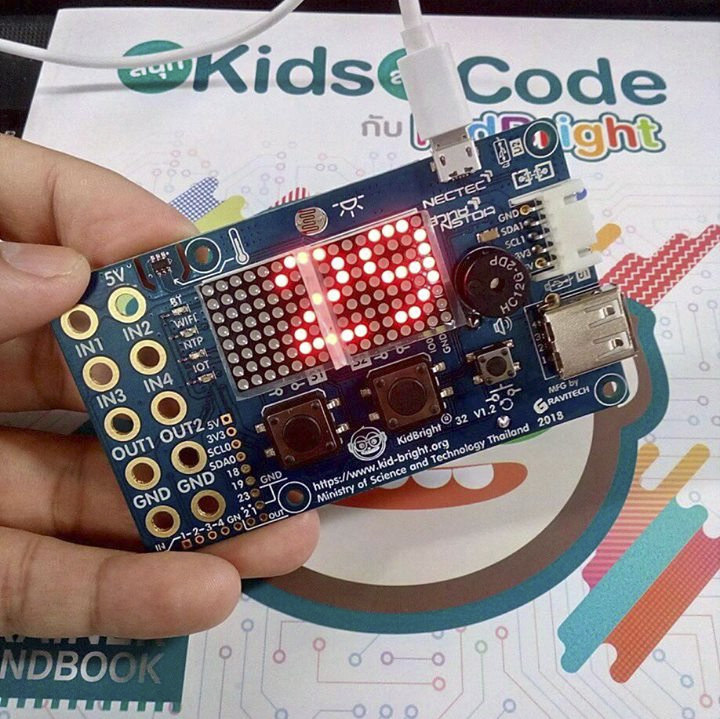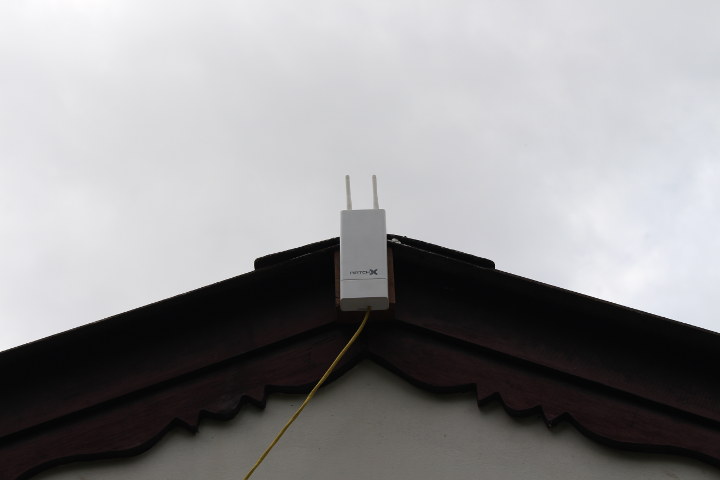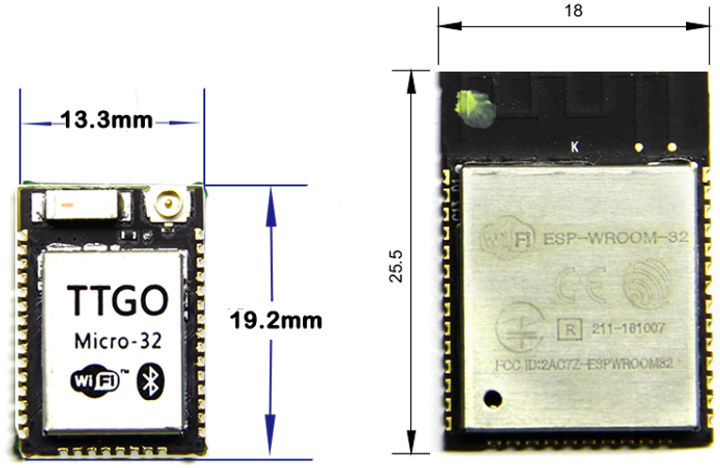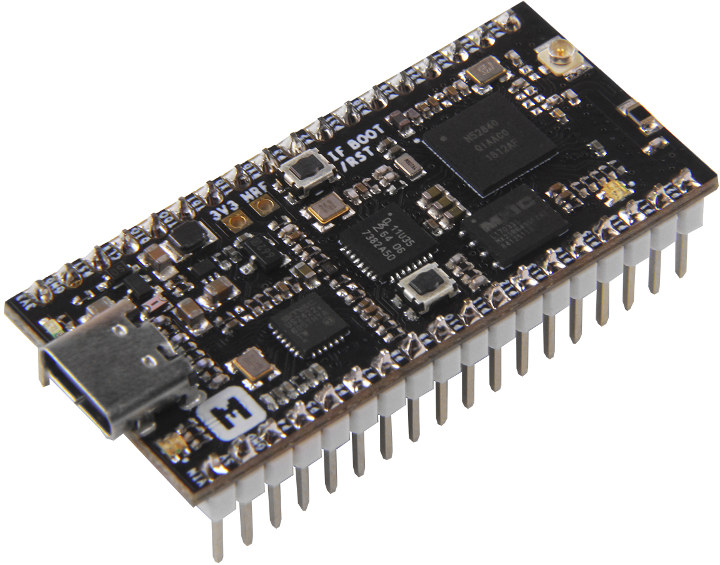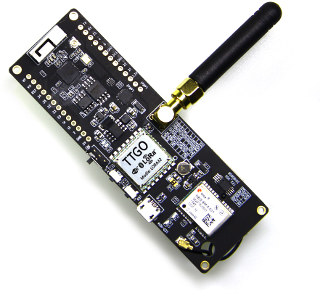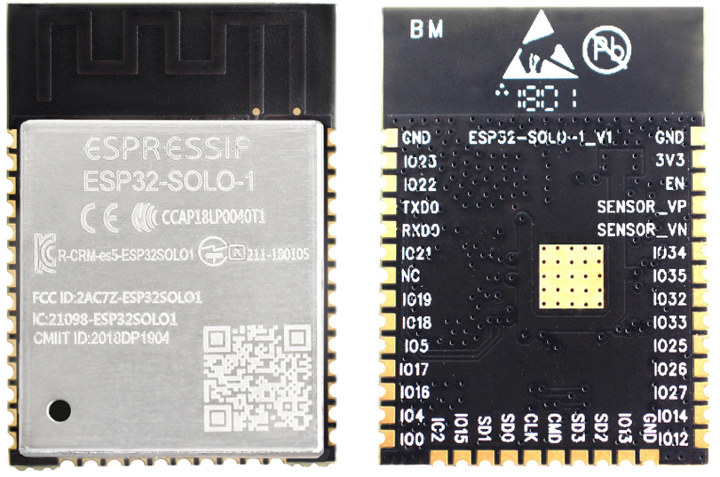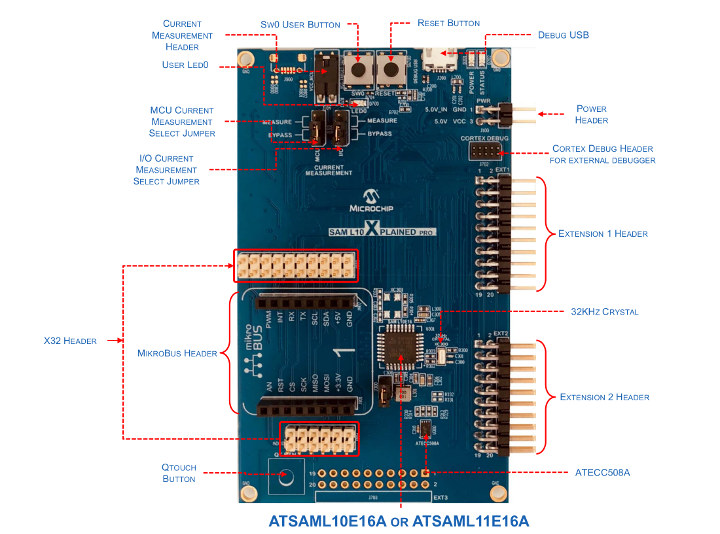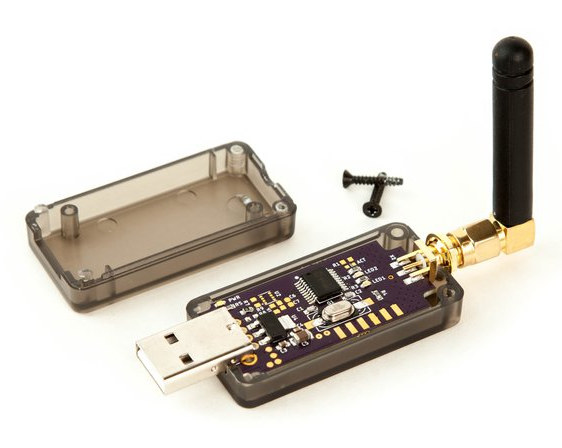BBC Micro:Bit board was first announced in July 2015. Designed for STEM education, the board was then offered to UK schools in March 2016, and a few months later UK store would start selling it worldwide. It’s now available pretty much anywhere, and you can likely find it in a local store or online. The Thai government must have seen this, and thought to themselves “If the British can do it, we can do it too!”, as the National Electronics and Computer Technology Center (NECTEC) part of Thailand’s Ministry of Science and Technology designed KidBright32 board and courses to teach STEM to Thai students. The board is based on Espressif Systems ESP32-WROOM-32 WiFI and Bluetooth module, and comes with large holes for power (5V/GND) and 6 digital inputs/outputs, smaller through holes for I2C and more I/Os, as well as an I2C header. We’ll also find some LEDs, two dot matrix […]
MatchX MatchBox LoRa Gateway Setup (for AS923) and Installation
At the end of last year, I received MatchX Matchbox LoRaWAN gateway, but only quickly checked out the hardware, as I was still unclear about regulations in South East Asia, and did not have any nodes to play with. Understanding Regulations and LoRaWAN Frequency Plans Since then, the government published some notifications about the 920-925 MHz band we are supposed to follow here. It’s in Thai language, and I can’t still read/understand it, but I got some translation help, and some key points include: paragraph 5 : for 920-925MHz non-RFID radio equipment (1) max EIRP not more than 4 watts (2) if EIRP < 50mW, no need for any license (3) if EIRP < 500mW, a license is required for importing, selling, and making your own equipment (4), and you must be in accordance with NBTC technical standard. (5) must not interfere with any licensed application. Interfering equipment must be […]
TTGO Micro-32 is a Tiny ESP32-PICO-D4 Module
Unveiled almost a year ago, ESP32-PICO-D4 SiP (System-in-Package) combines ESP32 wireless processor, 4MB SPI Flash, a crystal oscillator, as well as some passive components, and allows more compact or thinner designs such as found in ESP32-PICO- Kit v4 development board. However, so far I had not seen any ESP32-PICO-D4 module, but TTGO Micro-32 fills the void as a compact module based on the SiP. TTGO Micro-32 module specifications: SiP – Espressif Systems ESP32-PICO-D4 based on ESP32 dual core processor + 4MB SPI flash Connectivity – Bluetooth 4.2 LE and 802.11 b/g/n WiFi up to 150 Mbps with chip antenna and u.FL (IPEX) connector Expansion – Castellated holes with GPIO, ADC, DAC, VP/VN, Touch, UART, I2C, and power signals Supply Voltage – 3.3V Dimensions – 19.2 x 13.3 mm (45% smaller than ESP32-WROOM-32) There’s no specific software for the module, since it should be software compatible with ESP-WROOM-32 (now called ESP32-WROOM-32). […]
Makerdiary nRF52840 Micro Development Kit Works with OpenThread, Arm Mbed OS, Zephyr OS, Mynewt, etc…
If you want to play around with Bluetooth 5, Nordic nRF52840 is probably one of the best option, and among the development board, $9/$12 Particle Xenon is hard to beat when it comes to value. But if you need a bit more storage, I/Os and features, Makerdiary nRF52840 micro development kit looks like a good candidate to evaluate, especially it supports plenty of frameworks / operating systems such as Arm Mbed OS, Zephyr Project, OpenThread, Mynewt, and others. It’s also the first MCU class board I’ve seen with a USB type C port, although I’m not sure it brings any benefits to this type of hardware. Makerdiary nRF52840 micro development kit (nRF52840-MDK) hardware specifications: SoC – Nordic nRF52840 Arm Cortex-M4F WiSoC with 1 MB FLASH and 256 kB RAM, Arm TrustZone Cryptocell 310 security subsystem External Storage – 64-Mbit QSPI flash Wireless Connectivity (on-chip) Bluetooth 5, Bluetooth Mesh Thread, IEEE […]
Design ESP32 LoRa GPS Tracker Applications with TTGO T-Beam Board
TTGO introduced a small ESP32 LoRa board with OLED display last year that is still selling for around $14 shipped. But the company is now back with a similar board called TTGO T-Beam that does without the display, but adds GPS support, and a 18650 battery holder, so it should be ideally suited for all sorts of LoRa GPS tracking applications. TTGO T-Beam board specifications: SoC – Espressif ESP32 dual core Xtensa LX6 processor with WiFi and Bluetooth Memory – PSRAM Storage – 4MB SPI flash Connectivity 802.11 b/g/n WiFi up to 150 Mbps + Bluetooth 4.2 Classic and LE with “3D antenna” soldered on PCB LoRa 433, 868, and 915 MHz versions with SMA antenna Transmit current – 120 mA @ +20dBm; 90 mA @ +17dBm; 29mA @ +13dBm Receive sensitivity -139dBm with LoRa & 62.5Khz & SF=12 & 146bps -136dBm with LoRa & 125Khz & SF=12 & 293bps […]
ESP32-SOLO-1 is a Single Core ESP32 WiFi and Bluetooth Module
Espressif ESP32 is popular dual core processor with built-in WiFi and Bluetooth connectivity, except as we’ve seen last year, the company also developed a single core version with ESP32-S0WD chip, whose price is only slightly more expensive than ESP8266. But so far, I had not seen many hardware platforms announced with the single core version, with the exception of Particle Argon board. But I believe we should soon see more ESP32-S0WD boards brought to market, since Espressif Systems has now announced ESP32-SOLO-1 single core module. ESP32-SOLO-1 wireless module specifications: SoC – Espressif ESP32-S0WD single core Tensilica Xtensa LX6 processor @ up to 160 MHz with 448 KB ROM, 520KB on-chip SRAM, and 16KB SRAM in RTC Storage – 4MB SPI flash Connectivity 2.4 GHz 802.11 b/g/n WiFi up to 150 Mbps Bluetooth 4.2 LE + EDR I/Os – SD card, UART, SPI, SDIO, I2C, LED PWM, motor PWM, I2S, IR, […]
Microchip Unveils SAM L10 & SAM L11 Arm Cortex-M23 MCU Families with Arm TrustZone for Armv8-M
Microchip has recently announced new SAM L10 and SAM L11 Arm Cortex-M23 MCU families, with the SAM L11 family featuring Arm TrustZone for Armv8-M that provides hardware isolation between certified libraries, IP and application code. SAM L10 & SAM L11 MCU Families Key features: Arm Cortex M23 Core @ 32 MHz Up to 64 KB Flash and 16 KB SRAM picoPower Technology less than 25 μA/MHz in active mode less than 100 nA in sleep mode Fast wakeup time: 1.5 μS Flexible power saving features Enhanced Peripheral Touch Controller (PTC) with improved water tolerance, noise immunity and responsiveness Security (for SAM L11 only) Chip-level tamper resistance Arm TrustZone technology Secure boot Secure bootloader Crypto accelerators Secure key storage Op amp ADC and DAC Package – VQFN32, TQFP32, WLCSP32, VQFN24, SSOP24 Microchip SAM L10 MCU achieved a ULPMark score of 405, or over 200 percent better performance compared to the nearest […]
LoStik USB Dongle Adds LoRa Connectivity to any Computer or Linux Board (Crowdfunding)
We’ve covered plenty of hardware with LoRa radio from gateways, to Arduino shields, tracker boards, and mini PCIe cards, but after reading an article on Time4EE this morning, I realized we never wrote about any LoRa USB stick. LoStik – previoulsy LoRa Stick – is an open source hardware USB dongle based on Microchip RN2903 / RN2483 LoRa module, and offered on CrowdSupply for $39. LoStik specifications: USB – USB 2.0 port LoRa Connectivity Microchip RN2903 – 915 MHz for US, Canada, South America and Australia Microchip RN2483 – 868 Mhz for Europe Receiver Sensitivity – down to -146 dBm TX Power – adjustable up to +18.5 dBm Range – up to 15 km coverage in suburban and up to 5 km coverage in urban areas Misc – 2x user LEDs Power Consumption – 140 ma typical TX, 20 ma idle (with power LED) Dimensions – 80 mm x 25 […]


